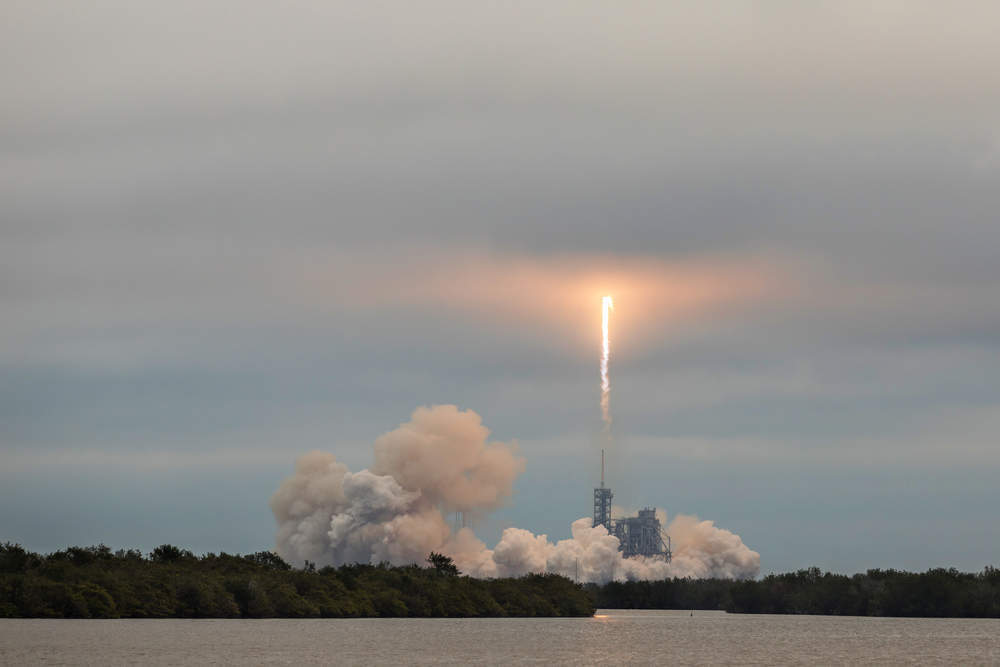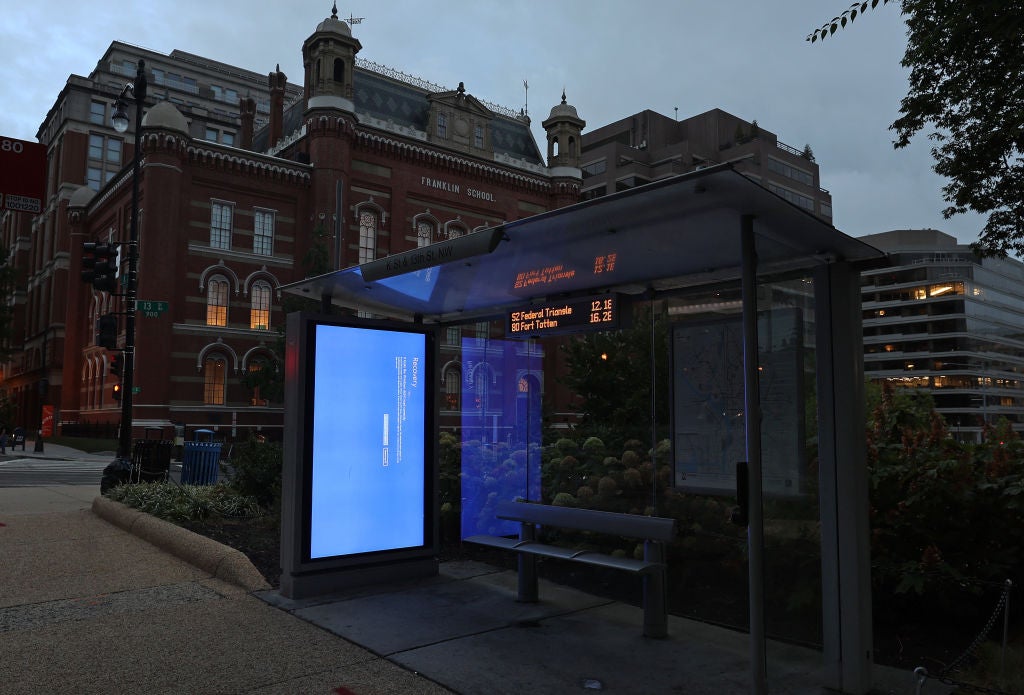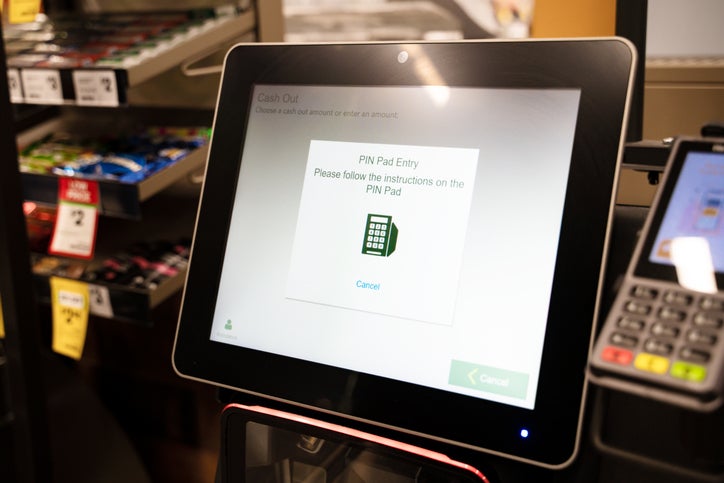
Billionaire entrepreneur Elon Musk’ SpaceX has launched two satellites into low-earth orbit that will beam low-cost broadband into everyone’s homes.
The satellites delivered into low-earth orbit are the first of a constellation of around 11,000 sats that will form a space-based internet network called Starlink by the mid-2020s.
“Once fully deployed, the SpaceX system will pass over virtually all parts of the Earth’s surface and therefore, in principle, have the ability to provide ubiquitous global service.”
First two Starlink demo satellites, called Tintin A & B, deployed and communicating to Earth stations pic.twitter.com/TfI53wHEtz
— Elon Musk (@elonmusk) February 22, 2018
How well do you really know your competitors?
Access the most comprehensive Company Profiles on the market, powered by GlobalData. Save hours of research. Gain competitive edge.
 Company Profile – free sample
Company Profile – free sampleThank you!
Your download email will arrive shortly
Not ready to buy yet? Download a free sample
We are confident about the unique quality of our Company Profiles. However, we want you to make the most beneficial decision for your business, so we offer a free sample that you can download by submitting the below form
By GlobalData
The two sats Microsat-2a and Microsat-2b, were carried aboard a Falcon 9 rocket launched from Vandenberg Air Force Base in California on Thursday morning, at 6:17am local time.
Also aboard the Flacon 9 rocket was a 3,000-pound radar observation satellite, known as Paz, financed by the Spanish government to capture high-res imaging of the Earth’s atmosphere for Airbus and Hidesat, Spain’s ministry of defence.
First announced in 2015, Starlink came under fire from Space X’s rival broadband competitor OneWeb and other space experts who fear that the size of the network could worsen the space debris problem and risk collisions with satellites already in orbit.
SpaceX received approval from the Federal Communications Commission (FCC) to launch the latest payload, but still seeks formal permission for the rest of the satellites.
In a good sign for SpaceX, FCC chairman Ajit Pai has publicly endorsed the system. He said:
I have asked my colleagues to join me in supporting this application and moving to unleash the power of satellite constellations to provide high-speed Internet to rural Americans.
The launch was originally scheduled for Wednesday, but was postponed due to strong winds.
Background:
Back in 2015, Elon Musk established a new office in Washington for the $10bn space internet plan. At the time, he said around 1,000 employees could be working on the project. In addition, it should take about five years to get off the ground.
According to financial projections obtained by The Wall Street Journal, SpaceX expects Starlink to have more than 40m subscribers to the service by 2025. This would bring in $30bn in revenue that year.
The idea is that revenues from Starlink will go on to fund SpaceX’s mission to Mars.







